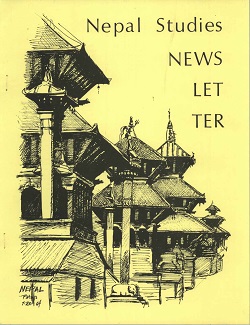Author Biography
Arkotong Longkumer (PhD, Religious Studies, University of Edinburgh, 2008) is an anthropologist, specializing in South/Southeast Asian religion and culture. His research and teaching interests lie in the intersection between local religions, Hinduism and Christianities. He is also interested in nationalism, the performance of identity, and the politics of place in India. His research is very much at the interface between the different disciplines of anthropology, religious studies, and history.
Abstract
This paper focuses on how a national culture emerges by examining the Nagas of India. To appreciate this process, the confluence of British colonialism, the postcolonial situation, and contemporary performance of Naga identity (visible in the Hornbill Festival) must be analyzed. I will argue that the colonial era representation of ‘primitivism’ of the Nagas continues into postcolonial narratives of ‘imperialist nostalgia’ disseminated primarily through travel, popular media and museum exhibitions. I will argue that the Nagas are not simply passive onlookers, but active participants in this enterprise through the strategic articulation of a distinct Naga national image. I will demonstrate that the Nagas are using these colonial era images of ‘primitivism’ for certain purposes, while also promoting a revitalization of traditional culture. First, this process mimics the cumulative notions of primitivism through a reverse gaze. Second, revitalization acts as a vital force in claiming historical agency predicated on the ‘performance of identity’ and cultural hybridity. Finally, both of these processes help illuminate how the Nagas position themselves within the larger international discourse of indigeneity whereby images, once represented as primitive, now legitimize a distinct national culture.
Acknowledgements
Ethnographic fieldwork for this paper was funded by a Carnegie Research Grant administered by the Carnegie Trust for the Universities of Scotland. The author is grateful for the financial assistance. Different sections of this paper were presented in Jawaharlal Nehru University, Delhi, and the Centre for South Asian Studies, University of Edinburgh. The author would like to thank the participants for stimulating discussions. Joe Doherty, Dolly Kikon, Amit Baishya, Paul Pimomo, Hannah Holtschneider, and Michael Heneise provided valuable comments on earlier drafts for which he is greatly indebted. His thanks also to the anonymous reviewers and the editorial staff for their careful reading of this paper and insightful comments. Finally, without Lindsay Graham’s careful critique and edits to this paper, it would never have seen the light of day.
Creative Commons License

This work is licensed under a Creative Commons Attribution 3.0 License.
Recommended Citation
Longkumer, Arkotong. 2015. "As our ancestors once lived": Representation, Performance, and Constructing a National Culture amongst the Nagas of India.. HIMALAYA 35(1).
Available at:
https://digitalcommons.macalester.edu/himalaya/vol35/iss1/10


